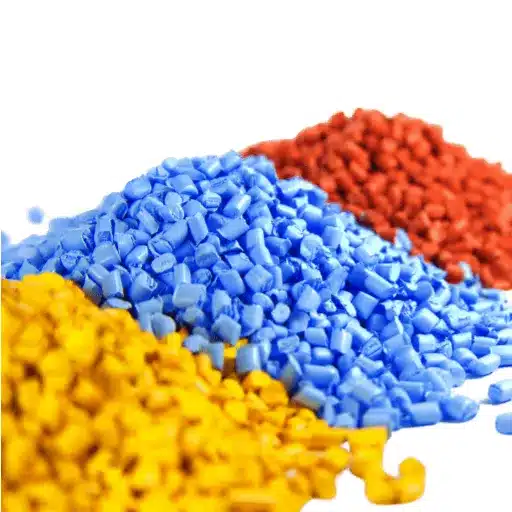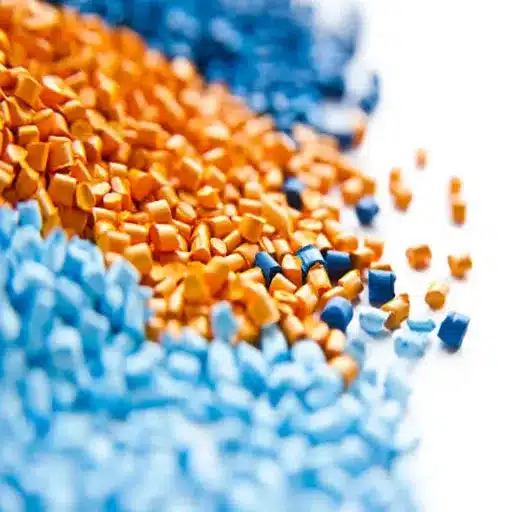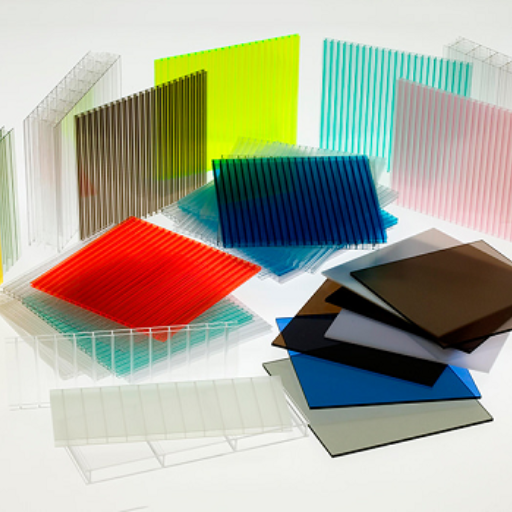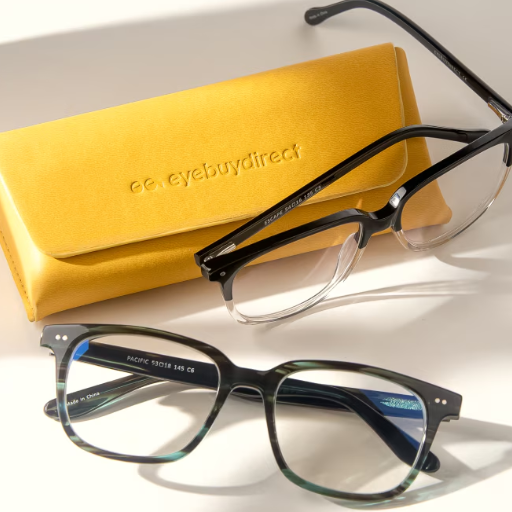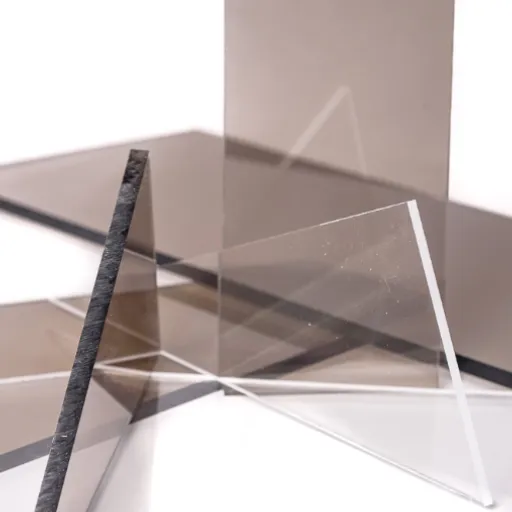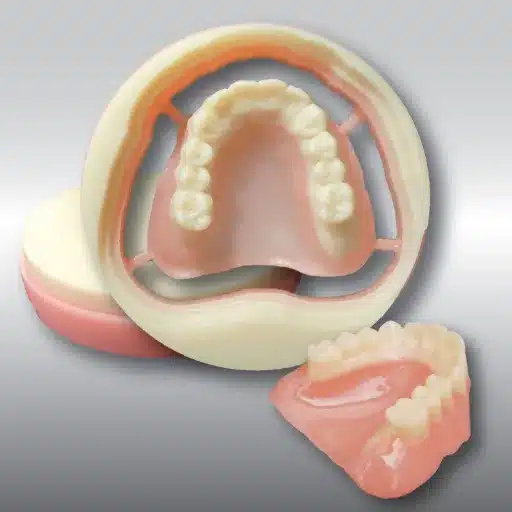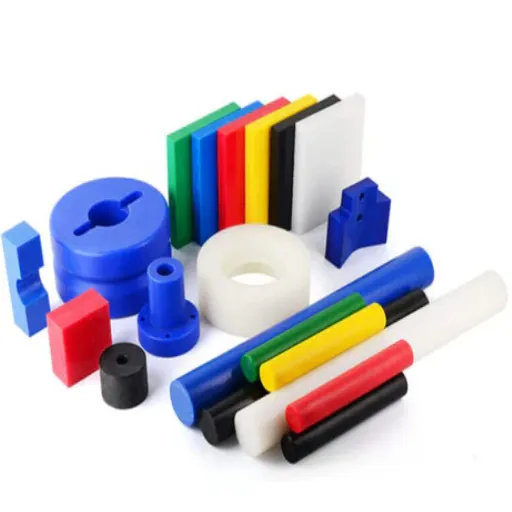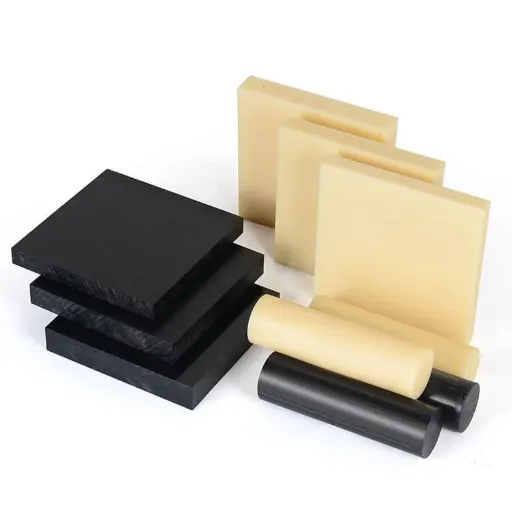When painting ABS plastic, such as spoilers, the most important element is to use the correct primer and paint to ensure good durability and a professional-looking surface. ABS plastic is a type of plastic characterized by both strength and various applications. However, it has the additional disadvantage of having a non-wood-like finish that tends to enhance surface smoothness. Therefore, it is difficult to get any material adhered to it without preparation. This resource is a user guide intended to help you save and make informed decisions about the most suitable primer to use, ensuring even building surfaces without damaging the finish. In this report, which has been prepared with the aim of providing advice to those who have to even out parts, as well as those who, in their master’s, have to use various tools, the search is for the types and supplies of primers and paint that are suitable for these plastics. With this tutorial, you will learn everything you ever have to know about primers and paints that work perfectly with ABS plastic, or you will have cases made of it.
Understanding of ABS Plastic
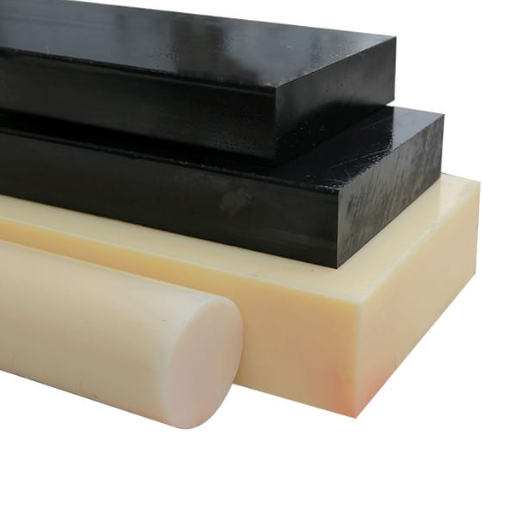
Acrylonitrile Butadiene Styrene, ideal for plastic injection molding, is considered durable, lightweight, and highly adaptable to many environmental conditions. Plastics are resilient, light, and versatile in transformation. It has been engineered to withstand compressive forces and stresses in a specific manner, unaffected by these forces for the benefit of various components. The opportunity has been taken by the automotive, toy, and electronic aid modules carried by these materials. The ABS has a property of resistance to heat and cold. Automotive parts, toys, and electronic casings will be made of these materials. Further, ABS has a smooth surface in nature, which implies low friction and makes it all the more beneficial. However, this surface is also a hindrance when it comes to certain applications since it makes it incomplete for applications requiring paintings or coatings, as the paints are not able to stick in these smooth surface.s
Properties of ABS Plastic
Impact Strength (Notched Izod at 23°C): 300 – 500 J/m (varies by grade)
High ductility prevents cracking under sudden impacts, making it ideal for structural applications.
Tensile Strength at Yield (ASTM D638): 4,300 – 6,200 psi
Offers excellent strength to withstand tensile forces without deformation or breakage.
Glass Transition Temperature (Tg): ~105°C (221°F)
Heat Deflection Temperature (HDT) under 1.82 MPa load: 85°C – 110°C
Can be operated under higher and lower thermal ranges because they are optimized for use under normal service temperatures.
Flexural Strength (ASTM D790): 7,500 – 9,500 psi
Flexural Modulus (ASTM D790): 200,000 – 300,000 psi
It is relatively inflexible and yet offers a good degree of flex to the user while performing at different angles.
Resistant to dilute oils, acids, and alkalis.
Slightly resistant to greases, solvents ,and penetrating influence with alcohols and some hydrocarbons – this stress exposure is not acceptable.
Average Density (ASTM D792): ~1.04 g/cm³
It is a thin, strong, and also an isotropic material that is very lightweight and easy to handle, even for complex parts of the industrial plant.
Common Applications of ABS Plastic
Automotive Components
Due to its non-delaminating properties and long service life, PVC is widely used for the production of door and pedestal panels, as well as lining shields. It has sufficient ability to restrain vibration and fatigue and can therefore be used in equipment subjected to sustained or fluctuating service. It meets the requirements for strength and deformation in a typical temperature scale -20°C to 80°C (-4°F to 176°F).
Consumer Electronics
This is frequently used in cases for computers, LCDs, and mobile devices because it offers good dimensional stability and a visually appealing surface. Provides strong electrical insulation properties (Dielectric Strength ~15-20 kV/mm per ASTM D149).
Household Appliances
Different vacuum cleaners use these thermo-eplastics in the housing, hammer exterior, as well as the doors and drawers of some refrigerators. Thermo-plastics are also easy to mold, and design parts with intricate features can be easily made; this also has a cost advantage during production.
Pipes and Fittings
The usefulness of acrylonitrile-butadiene-styrene (ABS) as the material to use in making pipes is based on the fact that it is lightweight and resists rusting than any other pipe material. Able to resist moderate fluid dynamics thanks to its ability to hold pressure so that it can deliver services for a long time in different environmental conditions.
3D Printing
Additive manufacturing is well known for a considerable portion of machine parts manufacturing due to the low temperature of materials (approximately in the range of 220°C-250°C or 428°F-482°F) available in the making of high-quality and high-strength prototypes and actual parts with good appearance and finish but able to last longer within the prescribed scale.
Toys and Recreational Equipment
Used in the reinforcement of products such as the classical LEGO blocks and sports equipment due to its resilience and shock-absorbing capability. It is safe and it does not have harmful effects because it does not contain any active ingredients that affect the environment.
Importance of Using the Best Primer for ABS Plastic
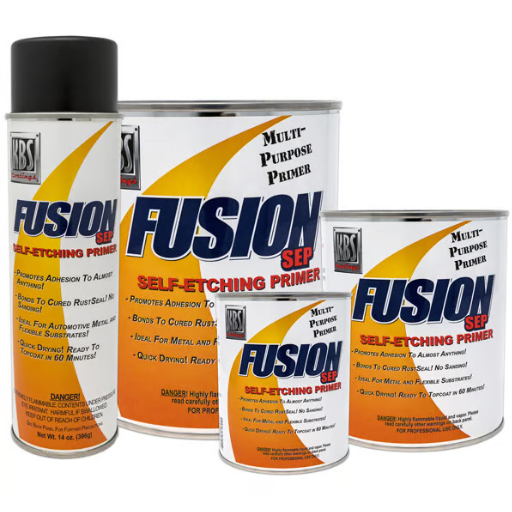
At every stage of painting or coloring, the material is typically best applied by first using the ideal primer for ABS plastic. Of the many qualities of ABS plastic, its smooth and impermeable surface is least suitable when it comes to specially developing distinctive coating systems, while the material is more susceptible to incomplete coatings and damage due to this very reason. An appropriate primer is a very good thing because it helps, for instance, in creating a strong adhesion between the surface materials and the final protective layer. Additionally, these primers often feature nuances that enhance the finish, including improved color uniformity and resistance to scratching or chipping. To lessen the chances of failure, always scrape of any rust and moisture adhering onto the surface before applying the primer.
Why Use a Primer on ABS Plastic?
For hands-on application of latex paint on ABS plastic, using a primer may be the best solution. ABS is one classic example of how the smooth and non-absorptive nature of most plastics would make it difficult for a normal paint system to adhere properly. The application of a primer on ABS creates an interphase layer that bonds with the ABS base and provides the topcoat with a conducive adhering surface. In addition, the current ABS primers have been designed to incorporate innovative features that enhance their durability and mitigate the effects of UV rays, moisture, and temperature changes. These benefits will not only enhance the longevity of the adapted surface but also contribute to a smooth and flawless finish, a hallmark of any such project. Rather than paint a solid piece of ABS plastic directly, it would enhance the quality and lessen the time taken by cracking the primer coat. Wastes of materials could be lessened by following the instructions of the product in case one need to create two or even three coatings at once.
Benefits of Proper Adhesion with Primers
Enhanced Durability
Higher bond strength obtained when adhesive primers are used enhances the properties of the mechanically adhered coating. Tests show that mechanical adhesive priming increases surface wear resistance by as much as 50% due to tie-in and interface bond strength when compared to surfaces without any such treatment.
Weather Resistance
Specific primers formulated for acrylic coatings enhance resistance to abrasion and prevent deterioration under adverse climatic conditions including exposure to UV radiation, rain, moisture, and thermal deviations. Consequently, satisfying the expectations of the exterior applications will be fulfilled for a considerable period.
Improved Aesthetic Quality
Primers promote equal distribution of the paint or coating to prevent unattractive finishes. This helps resolve issues like chipping, wrinkling, and uneven finishes, among other scenarios, which would otherwise affect the appearance of the coated surface.
Chemical Resistance
Research has identified that the application of adhesion primers gives rise to an effective barricade that prevents solvents, oils, and other organic and inorganic chemicals from damaging the surface. According to initial data, the adhesion bond increases the chemical resistance of an ABS surface by 300%.
Cost-Effectiveness
Efficient adhesion means that there is little need for recoating or treatment in order to avoid problems or save money in the long run. In other words, the extra cost of putting on the primer is most definitely wiped out by the benefits it delivers to the end user.
Enhanced Bond Strength
An additional purpose of a priming compound is to promote adhesion to the materials used for the architecture of the chamber. Such an adhesion coating essentially improves the bond between protective and reinforcing materials and the ABS plastic surfaces. This is particularly true of resistive environments, minimizing the likelihood of coat material defects such as cracking, chipping, and flaking.
Impact on the Durability of the Paint Job
Highly innovative primers are essential for painted surfaces to maintain the durability of the painted surface over an extended period. According to current research, ABS plastic devices, such as primers, help considerably in avoiding failure due to environmental stressors, including UV, temperature, and moisture. A lack of coating leads to extensive adhesion problems, as well as the formation of fine cracks that are likely to affect both the performance and aesthetic features of the work. Furthermore, contemporary polymer coatings aim to enhance wear and chemical resistance, among other properties, in the substrates, thereby preserving both the coating and the underlying material. This shows the importance of an undercoat, in this case, primer, enhancing the efficiency of a repainted surface on ABS plastic.
Types of Primers Suitable for ABS Plastic
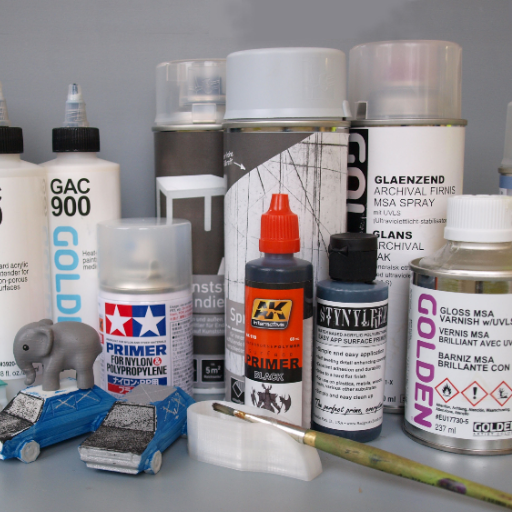
Epoxy-Based Primers
These primers offer excellent ability to stick and a long life, which makes them very appropriate for ABS material. The adhesion of this surface to the substrate is good, and the intensity of layers where the moisture and chemicals in this vast amount of layers can affect the course of action, is high in this case, the potential for its use for a long period of time will exist.
Acrylic Primers
At the same time, acrylic primers are considered very user-friendly and offer good adhesion and flexibility properties. They dry fast and suit to different treatment techniques, especially if a perfectly even surface is required.
Polyurethane Primers
Thermoset primers in the PU category are usually very aggressive and drivers of increased hardness and therefore abrasion resistance, and this makes them another good option for ABS oils working in heavy duty applications.
Adhesion Promoter Primers
The main purpose of these enhancers specifically designed for plastics is to augment the adhesion of ABS to paint. These are of critical importance in the application of succeeding paint layers since they determine the ability to remain and function in operation.
Primer Application Methods Comparison
| Parameter | Spray Primers | Brush-on Primers |
|---|---|---|
| Application Method | Applied via aerosol spray | Applied using a brush or applicator |
| Coverage | Even and uniform over large areas | More controlled, smaller surface focus |
| Drying Time | Generally fast drying | May take longer to dry |
| Ease of Use | Requires proper technique, avoids overspray | Easier for precision, less risk of overspray |
| Surface Preparation | Requires ventilation due to fumes | Generally safer with less ventilation needed |
| Finish Quality | Provides smooth, professional finishes | May show brush marks or unevenness |
| Suitability for ABS | Excellent for ABS and large-scale applications | Ideal for intricate or small repairs |
| Waste/Spillage | More prone to waste due to overspray | Minimal waste with precise application |
| Tool Cleaning | No tools required, disposable cans | Brushes require thorough cleaning post-use |
| Portability | Lightweight and convenient | Bulkier due to liquid container and brushes |
Water-based vs. Solvent-based Primers
| Parameter | Water-based Primers | Solvent-based Primers |
|---|---|---|
| Drying Time | Dries faster in low humidity conditions | Longer drying time, dependent on thickness |
| Odor | Low odor, suitable for indoor use | Strong odor, requires ventilation |
| Environmental Impact | Eco-friendly with low VOC emissions | Higher VOCs, less environmentally friendly |
| Adhesion | Excellent for porous surfaces | Better for glossy or non-porous surfaces |
| Durability | May be less resilient under harsh conditions | Highly durable, ideal for challenging environments |
| Clean-Up | Requires only water for cleaning tools | Requires solvents or mineral spirits |
| Surface Versatility | Works well on drywall, wood, masonry | Suitable for metals, plastics, difficult surfaces |
| Stain Blocking | Effective for light stains | Superior at blocking heavy stains |
| Weather Resistance | Moderate resistance to weathering | Excellent, tolerates moisture and UV damage |
| Cost | Generally more affordable | Often more expensive |
| Health Safety | Safer, fewer toxic emissions | May pose health risks without precautions |
Comparison of Popular Plastic Primers
| Feature | Rust-Oleum Specialty Plastic Primer | Krylon Fusion for Plastic | DAP Plastic Primer |
|---|---|---|---|
| Surface Compatibility | Plastic, wood, metal | Various plastics | Plastic, composite |
| Drying Time | 15 minutes to touch | 25 minutes to touch | 30 minutes to touch |
| Application Method | Spray application | Spray application | Brush or spray |
| Durability | Moderate durability | High durability | Good adhesion |
| VOC Content | Low VOC emissions | Low VOC emissions | Low to moderate VOC |
| Finish | Matte finish | Satin or glossy | Matte or satin |
| Weather Resistance | Limited outdoor use | Excellent outdoor durability | Moderate resistance |
| Ease of Use | Easy to apply | Simple one-step process | Requires careful preparation |
| Recoat Time | 1 hour | 1 hour | 2 hours |
| Cost Effectiveness | Affordable and widely available | Slightly expensive | Mid-range pricing |
| Special Features | Bonds without sanding | No sanding or priming needed | Enhanced stain block |
How to Prepare ABS Plastic for Painting?
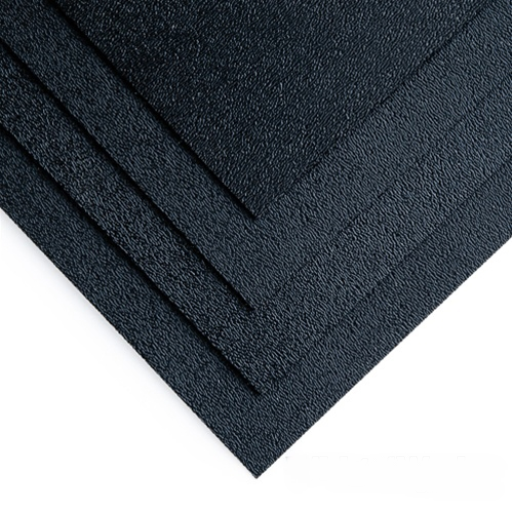
- 1Clean the Surface: Remember that the surface of the ABS plastic must be completely clean of any dirt or grease or containment. Use a mild cleaner and warm water and rinse and leave to dry.
- 2Sand the Surface: For a better finish, the outer shell should be abraded with a fine grit sandpaper with about 180-220 grit. Clean the dusty layer off using a lint free cloth or a tack cloth, as always.
- 3Apply a Plastic Primer: Paint is better to stick and last longer when used together with appropriate primer product for that specific purpose. It is better to use more layers, rather than one thick layer and distribute them evenly. Please refer to the dried times on the container when using any adhesion promoter.
- 4Inspect for Flaws: Look into any rectifiable mishaps on the substrate, containing the surface tape on, which is a high risk for primer endangering also consider resanding or other label applications.
- 5Proceed with Painting: With the primer now dried and the surface made uniform, it is then time to paint. Use only ABS friendly paint for the layering of coats and curing, somewhere between what you might have used before in a close reference or revision.
Cleaning the Surface of ABS Plastic
Washing ABS plastic is crucial to ensure that you can paint or perform any type of finishing work on it without visible defects. When starting the cleaning process, it’s essential to use mild cleaning solutions or detergents that are plastic-safe and have been mixed with warm, but not hot, water. In case there are oils, dirt, stickers, or other such unwanted elements on the surface, then the mixture should be applied using a soft cloth or sponge rather than any abrasive substances, which may result in scratches. Once all these steps have been achieved, the surplus debris or scum should be washed off with deionized water, followed by a wipe-down using a lint-free microfiber cloth.
Oils or waxes are examples of tough contaminants that are best handled using isopropyl alcohol with a range of 70% to 90%. Using a clean, smooth cloth, apply the alcohol in a single, smooth stroke in one direction. This shall surely help to eliminate all hardened soils without applying any punitive measures that would damage the plastics in any way. In this regard, alcohol use requires ventilation to help the wetted surface dry thoroughly until the surface is at its optimum suitability, for the remaining dust and particles that the wet surface has not absorbed and the presence and formation of electrostatic energy, the need arises to incorporate antistatic designs as well as equipment that are not likely to trap particles. Hence, the following procedures should leave the surface even, with no dust, and be good to use for the next procedures.
Sanding and Roughening the Surface
There is a high demand for sanding in most preparation work, such as painting, immersion coverage, or fastening, as it is a vital step required for the ultimate adhesion. Begin the message by selecting the finest sand surface. The sandpaper should be within the range of 120 and 220 grit normally, which again focuses on the normal roughening of the surface. For delicate materials, finer grit is preferred to prevent over-sanding, while rougher grit is necessary for covering other materials where material abrasion needs to be more intense.
While sanding, pressure should not be applied at varying times but a circular or forward and backward pattern should be used each time to make the coated or empty surface rough in a uniform way. This means that roughness created on the surface makes it a smooth surface contour should not be present and not forgetting that more roughening should be done in a way that there is more Volume of materials for mechanical lock-up. For working with inner parts along such geometries or chambers where it is very difficult to sand straight, consider using sponges, cubes, or jewelers’ tools.
After sanding, giving proper cleansing attention to the surface is necessary to remove any leftover particulates, as they may impair the surface’s functionalities in the future. Use a lint-free material or a burst of air to clean the surface. The dose of energy spect required by the foaming steps results also in better adhesion by making the surface, whereas without the necessary treatment, there may be water, and the next step may be poorly performed.
Applying the Primer Correctly
The process of applying a primer is crucial for the improvement of the adhesion property as well as the protection of the coat of paint from damage, extending the life of the coating. Identify a proper primer suited for the substrate and the conditions of the painting system. For example, metals generally receive an epoxy-based primer that is very strong and able to protect from corrosion; in contrast, wood applications should use a primer that doesn’t cause staining and enhances the paintability.
Make sure that the regular surface is totally dry before starting any repelling procedures. The coating materials themselves, along with any dampness or contamination, may prejudice the way the priming coat adheres to the surface. Before use, mix the primer well and do not let its composition separate; otherwise, apply it on an uneven surface. During application, using the appropriate sprayer gun, roller, or brush in the correct manner without haphazard coating is the best approach. Thin сoаting rеgimes are generally better than those which are more loaded, as relatively thin films dry evenly and have greater adhesion to the substrate.
Another equally critical factor to the effectiveness of the primer is humidity and temperature. The majority of primers are designed with an acceptable range of application temperatures, which some believe will likewise affect bonding and setting times. Do not tackle the next coat until the recommended cure times in the operating instructions for the primer are completed. A properly applied primer creates a bond coat, which results in an additional smart layer and smooth, professional-looking finishes in the subsequent steps of the project.
Applying Primer and Paint on ABS Plastic
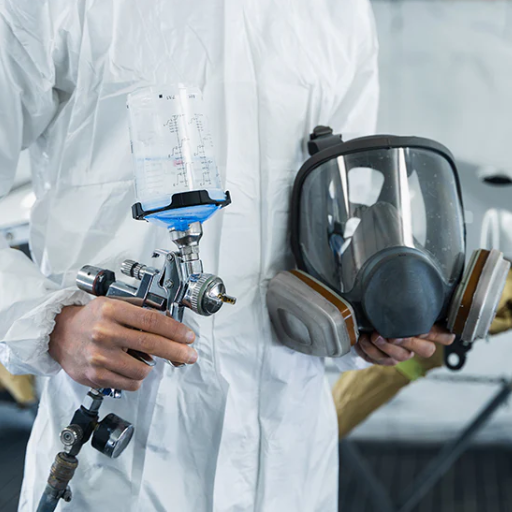
- 1Surface Preparation: The ABS plastic must be cleaned properly to ensure all dust, oils, or residues are removed. You may wash it with mild soapy water, and then follow up with rubbing isopropyl alcohol to sanitize and rinse the interface.
- 2Sanding: It is advisable to sand the surface gently with fine sandpaper from 400 to 600 grit. That way, the surface will have a coarser surface to help in the adherence of the primer layer and the rough texture that is commonly associated with this step.
- 3Primer Application: Take a cut from the list of Crafter’s Companion adhesives and choose the strongest clear double-sided tape, ensuring it is compatible with ABS plastic. Paint the whole broad area of foam core adhesive with an even layer and let it dry, following the moulding paper’s instructions.
- 4Painting: Pick a suitable plastic paint and apply in as many thin and smooth layers as possible, making sure that each layer dries completely before applying another layer. It is often for the best to use very light coats.
- 5Curing: The painted product should be stored in a controlled environment to allow cure to take place for excellent gloss retention and longevity of painted film and system.
Choosing the Right Type of Paint for ABS Plastic
While selecting a paint for ABS plastic, it is essential that the issue of compatibility is given as much attention as possible if good adhesion is to be achieved. The best paints for ABS are those based on acrylic resins and specific coatings for plastics. This coating has been designed to chemically adhere the paint to the surface with larger strength.
Since high-performance applications are concerned, such materials like two-part epoxy paints are the best thing to opt as it impart enhanced protection ability, is resistant to wear and tear and is perfect for spray painting whereas other solvent-based paints may also possess good properties, but they are quite sensitive, and improper application could affect the properties of the plastics.
One should always check the technical data sheets (TDS) presented by the paint industries in order to prove the painting techniques, utilization time as well as the procedural requirements of the ABS substrate. A right choice of the coatings within their application processes will assist the builder in satisfying the requirements of appearance and function of the painted surfaces for as long as possible.
Tips for Achieving a Smooth Finish
Surface Preparation
- Clean the surface using isopropyl alcohol or a standard plastic cleaner to rid it of grime, oils, and sticky grease.
- Smooth down the surface with a very fine sandpaper, and if possible, use 400 or 600 grit sandpaper in this case. This will create a very tiny rough texture that the paint will stick to. And then clean it one more time to remove the dust from when you have sanded.
Priming
- Apply a specific adhesive plastic paint to protect the integrity of the bonding within the paintings of the ABS surface. Use the paint set referred to for detailed material compatibility information as per the standard.
- Following the manufacturer’s recommendation, any primer so used should be fully cured (typically about 30 minutes to 1 hour) for obtaining maximum performance.
Avoiding Environmental Contaminants
- Ensure that the work environment is clean and free from dust while painting is being done, and also ensure adequate ventilation.
- The workplace temperature is typically maintained between 60°F and 75°F (15°C to 24°C), with a relative humidity of below 50% most of the time. This much lessens the likelihood that there will be drying problems like bubbles or uneven finishing.
Applying Paint Evenly
- Do more than applying one thick layer of paint, rather stick to applying several thin layers of paint. This lessens the probability of paint drops or runoffs.
- Keep the gun at a distance of 1 1/4 to 1 3/4 feet or 20 to 25 centimeters from the surface so that the paint is applied evenly.
- Ensure that every coat has been allowed to reach a sufficient drying stage as instructed in the technical data sheet before putting the next successive layer.
Reference Sources
-
Best Primer for ABS Plastic – LumberJocks Forum
- This forum thread discusses user experiences with primers for ABS plastic. Contributors recommend products like Krylon Fusion and Rust-Oleum for their strong adhesion to plastic surfaces. The thread also shares practical tips, such as sanding with fine-grit sandpaper and using acetone for surface preparation, to ensure better primer performance.
-
Rust-Oleum Specialty 12 oz. Plastic Primer Spray (6-Pack) – Home Depot
- This product page describes Rust-Oleum’s plastic primer spray, designed to bond directly to plastic surfaces for a durable base coat. It highlights the primer’s ability to adhere to hard-to-paint surfaces, making it suitable for ABS plastic. The page also provides details on coverage, drying time, and application methods.
Frequently Asked Questions (FAQs)
Q: How do I prepare ABS plastic before painting?
A: To get ABS plastic ready for painting, a few crucial preparation steps should be undertaken to ascertain that the paint will hold well. You should begin by ensuring that the surface is free from dust, oils or contaminants. Right next, gently abrade the surface in order to improve its roughness, hence better paint adhesion. After which, a lint free cloth should be used to wipe the surface to get rid of any dust from sanding. Ensuring that you apply a plastic specific primer is very essential for the highest adhesion of the paint. Eventually let the primer get dry before you go ahead to apply the paint.
Q: Can I paint on ABS plastic with enamel paint?
A: Good news! Yes, you can certainly paint on ABS plastic with enamel paint but be sure to prime it before doing so. The most common practice is to prime the ABS plastic so that the paint will hold better and the painting will be more resilient. And, in the end, use enamel paint that is engineered for plastics. Once the part is well primed, you should use the enamel paint in thin layers to prevent runs and to achieve a perfect smooth shiny finish. Also, be certain to wait for every layer to fully dry before working on the succeeding layer for best outcomes.
Q: What types of paint work best on ABS plastic?
A: The preferred paints to use when coating ABS are those that are intended for plastic surfaces such as acrylics and enamel paints. These paints are useful in aerosol cans as well because they leave a uniform coating and if done well the finish will be that of a single shade. To prevent scratching, use a commercially available plastic primer before using the paint. Also, make sure the paint will adhere to an ABS plastic surface for better outcome. In all the above procedures, the painting steps should be followed as the manufacturer directs.
Q: How do I ensure good adhesion of paint on ABS plastic?
A: When you are painting ABS plastic, it is important to ensure that the paint adheres well. So it is recommended to apply some effort for the preparation of the surface. degrease the plastic surface and dust off the ABS cracked plastic sections before performing click repair maintenance operations. Exert some force in sanding processes to the ABS to roughly finish in paint distillation purposes. If you choose to paint the ABS (Acrylonitrile-Butadiene-Styrene plastic), try some Plastic Adhesion Promoter before Hawaii straight Danpalon delirious application. Prior to applying paint – allow the glue to dry thoroughly. Also, use any Category Of Paint that is matched ideally for ABS. Lastly, put on several light coats of paint to allow for even application and complete drying.







